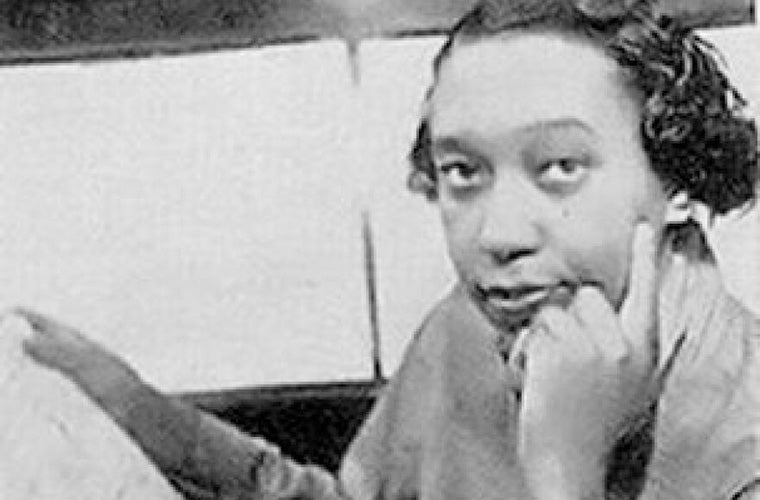Julia Amanda Perry is the first African American woman to have her orchestral work performed by the New York Philharmonic Orchestra, the Vienna Philharmonic, and the BBC Philharmonic Orchestra in London.

In 1948, Perry won first prize at the National Association of Negro Musicians in composition and voice. In 1952, she was awarded the prestigious Prix Fontainebleau for her Viola Sonata. Perry’s first musical conducting engagement was as a junior in college, when she composed a 1-page 29-measure Prelude to Piano. That same year, she attended the Julliard School of Music and earned a Master of Music in conducting and composition in applied music.
Throughout the 1950s, Perry’s compositions achieved widespread success due to her experimentation. She upheld the traditional European classical musical training she received yet also infused the negro spirituals of American Black culture in her compositions. By 1956, she wrote Three Negro Spirituals for Soprano and Orchestra.
By 1951, she composed Stabat Mater for solo contralto and string orchestra and Short Piece for Orchestra in Stabat Mater. In 1952, Perry attended the American Conservatory of Music in Fontainebleau, France, where she studied with acclaimed French teacher Nadia Boulanger, who noted that Perry was one of her most gifted Black students of the 1950s. Perry also studied compositions and operas in Florence, Italy, with Italian composer Luigi Dallapiccola, who served as her mentor for over a decade, along with pianist Carlo Zecchi, and conductor and arranger Alceo Galliera.
From 1955 to 1957, Julia Perry received two Guggenheim Fellowships to study in Florence, Italy, with noted composer and conductor Roberto Lupi. From 1963 to 1968, Perry wrote Violin Concerto, a full score, piano reduction, and orchestral parts that introduced a new approach for twentieth-century composers by writing musical pieces that were more accessible to audiences. Perry’s harmony enveloped listeners through repeated themes and pitch classes, flashes of consonant rhyme and triadic chord structures, and distinct rhythmic patterns, resulting in her neo-classical innovative style that showcased her profound understanding of the violin.
While Perry was affectionately called Maestra by her European peers, she returned to the United States in 1959 to join the music faculty at Florida A&M University and then took another position at Atlanta University. By 1960, however, she returned to Akron, where she wrote Homunculus C.F.